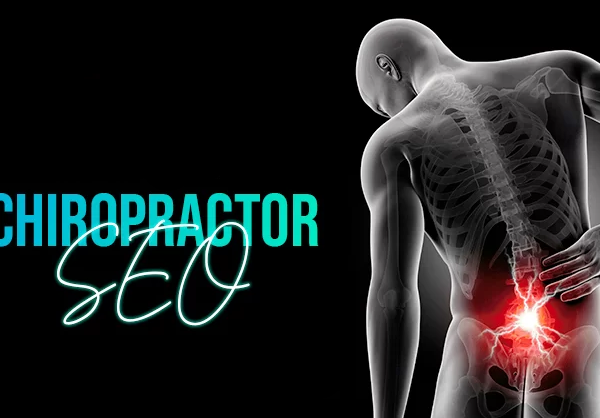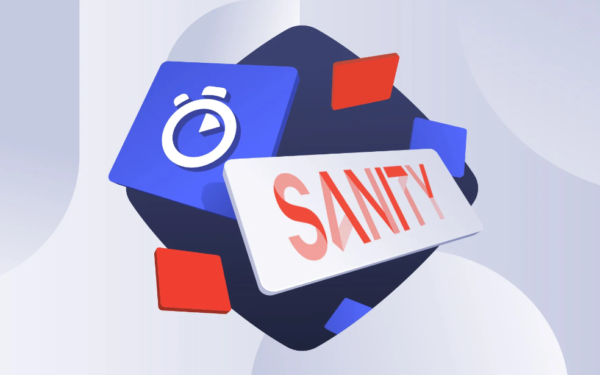How To Use Clay Bar for Cars Treatment The Right Way to Use?

Whenever you buy a new car from the dealer, brand new cars are going to have a smooth surface and shine. As you keep driving it on the road, the entire car will be covered in light scratches, bug residue, industrial fallout, brake dust, tree sap, and road tar. If you don’t take care of your car’s paint now, you might need to start thinking about getting a clay bar treatment.
Using clay bar on your is an important step before doing any body shop work like paint correction, applying wax, sealant or ceramic coating on your paint. You can think of it almost like a skin peeling that people get done, so their skin will stay feeling silky smooth when applying makeup.
Table of Contents
- Why do you need clay bar treatment after using automatic car wash?
- What are clay bars?
- Where to buy a clay bar?
- Types of clay bars
- Detailing with traditional clay bar
- Why are clay bars so effective?
- What do you need to perform clay bar treatment?
- Process of using a clay bar on a car paint
- How to store clay bars
- What else can be used to clay bar?
- What are the dangers of a clay bar?
- Detailing clay bar alternatives
- Keeping an Optimally Clean Car Paint After Claying
Why do you need clay bar treatment after using automatic car wash?
If you’re not familiar with car washes and which type is the best for you, chances are you probably go to a regular automatic car wash that is either a conveyor or roll-over style. In roll-over style car washes, the car needs to be driven on a wash bay and be stopped. The car will then be rolled over by the equipment.
On the other hand, the conveyor car wash requires the car to be moved onto a conveyor belt that will then be pulled into a washing tunnel equipped with a series of machines. You can also choose between a touchless and soft touch cleaning procedures.
Pros of automatic washing
- quick
- easy
- cost efficient
If you live a busy lifestyle, hand wash or detailing might be out of your reach, as they do take more time than a regular wash. It is also a lot cheaper to get a machine wash, since people are not working on your car, a machine is.
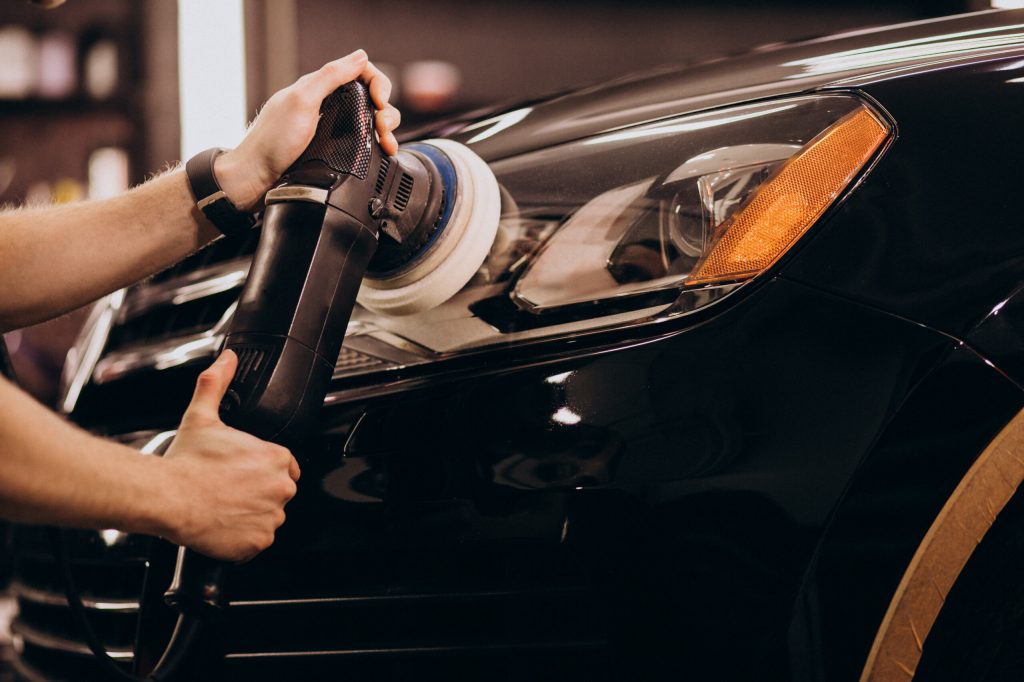
Cons of automatic washing
- swirl marks
- water spots
Though it might seem like a great option of washing your car in a tunnel with machines, the more you do it, the more likely your paint finish will start to develop swirl marks on the car’s paint. Automatic car washing does not guarantee that it will get rid of tree sap like a hand wash or a clay bar would. Then, you will be wishing you spent that extra $20 on a hand wash. Additionally, automatic washing can leave water spots on the car after drying, wasting the whole process of even washing it. If the water spots stay long enough, you car’s paint will need a much more costly wash and buff to bring the paint finish back to shine.
What are clay bars?
A traditional clay bar detailing is a clay-like product that pulls surface contaminants like rail dust, loose debris, bug residue, and rough spots from the clear coat of the car’s paint. It can also help with minor swirls, old wax and acid rain residue.
Where to buy a clay bar?
A person can go to a fortador detailing services to get the clay bar treatment done or do it themselves by purchasing a clay bar kit from an auto parts shop, chemical guys website, that specifies in selling equipment for cars or even Amazon.
Types of clay bars
Traditional detailing clay bar can come in different colors, vary in cost, and different usages. The most important thing to consider when buying a clay bar is its grade. The grade can range from consumer grade (medium grade clay) to professional grade (fine grade bars).
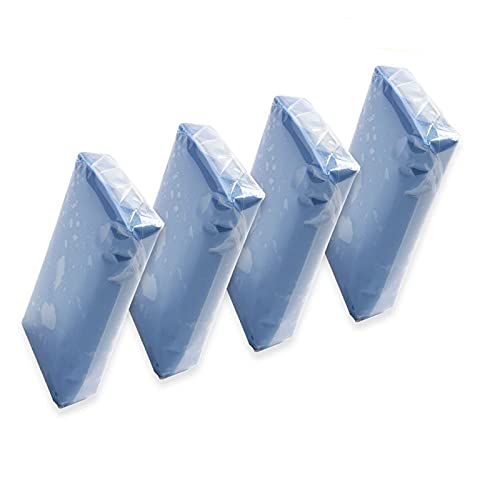
- Medium grade clay bars are gentler and will need more time to clean stubborn contaminants.
- Auto detailing clay bar (fine grade bar), on the other hand, is aggressive enough to easily remove contaminants.
Detailing with traditional clay bar
If you are familiar with clay barring, a fine grade bar is the most recommended when cleaning a heavily contaminated car’s surface. Even though fine grade bars are highly effective they are much easier to damage the paint with if not used correctly. Detailing clay is made for people who know their way around a car.
Clay bars are usually used on paint, but they also work on glass, fiberglass, and metal.
Why are clay bars so effective?
Traditional clay bar is exceptionally absorbent and it is a very effective when trying to remove contaminants. A car wash can help get rid of the dirt on top of the surface. However, clay bars for cars can clean things like brake dust, tree sap and more unlike your typical hand wash and wash. When you use a clay bar to absorb those harsh chemicals, you will not want to go back to scrubbing your car with a foam brush and soap.

How often should you use a clay bar?
The easiest way to know when your car needs a clay bar treatment is to glide your hand in a plastic glove or bag over the car’s paint. If you feel that it is not a smooth surface, then your car definitely needs a clay bar treatment. A smooth surface is a great indicator that your car is not full of embedded contamination. it is recommend to do this type of practice every couple of weeks to gauge when a clay bar treatment is required.
What do you need to perform clay bar treatment?
Detailing clay kit
The Meguiar’s G1016 clay bar kit is a great kit for beginners who have not yet clay barred. Chemical guys also have a complete clay bar kit for beginners as well as Mothers 07240 complete system clay bar kit.
Traditional clay bar
Usually, clay bars come in sizes of 2 0z to 8 0z. The 2 0z clay bars is good enough to do three or four vehicles. An estimate of one 2 0z clay bar can last from 18 months to 2 years when used on the same car.
If you go with the bigger clay bar, you can cut it into sections with a sharp knife or scissors and seal up the pieces you will not use in a sandwich bag.
Microfiber towel
Towels (microfiber cloths) are really important for auto detailers when performing any detailing job on a car, from detailing to buffing. Microfiber is a very small synthetic fiber towel if cleaned after every use does not scratch or irritate the surface of your vehicle.
A microfiber towel can be used for different applications on a vehicle, such as the windows, side mirrors and the body of the car itself.
Detailing spray or clay lubricant
A clay lubricant is an essential part when you use a clay bar treatment. When you liberally spray the clay lube on the entire vehicle, it creates a clear coat over the car’s surface. That way, the clay bar will not stick to the car’s paint and damage it. it is important to make sure when claying a vehicle that the clay bar is always lubricate to prevent any blemishes and clay bar residue from appearing on the car. You can also reapply the clay lube to clean off any clay residue.
Alternatives to detailing clay lube | Clay bar lubricant diy
water + soap solution
If you don’t want to spend the money on a clay kit with a clay lubricant, you can make your own solution of water and soap to a clean surface. Keep in mind, the homemade solution is likely to damage your clay bar, which will lead to you using more clay.
iron remover
Iron remover is another great solution you can use with your clay bar treatment. It is a product that has the chemical ability to help remove Iron(III) oxide particle your paint. If you use it with a clay bar, you are essentially getting a two in one when using these two products together. Saturating the surface with the iron remover and gliding over with a clay bar is a way to go.
steam + clay bar
Steam has gained a lot of popularity over the years, and a lot of auto detailers have implemented steam in their cleaning processes. To use steam with your clay bar treatment, you will need to have steam work simultaneously with your clay bar. You will essentially have two hands at work: one hand will be spraying the steam and the other will be gliding the clay bar over the surface of the car.
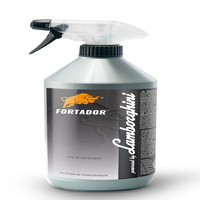
The spray lubricant is still the top pick chosen by the auto industry, so if you’re not very familiar with clay bar treatment yet, just get the clay bar kit.
Process of using a clay bar on a car paint
Step 1: Wash your car
A very crucial step to any detailing job is to wash the car, hand wash preferably. It will give you an opportunity to wash off any existing wax, making sure you have a clean surface to work. It will also help to clean off any of the surface contaminants. Make sure to dry with a clean microfiber towel.
Never clay a dry car. pieces of the clay bar will end up stuck all over your car.
Step 2: Make your clay bar pliable
Before starting your clay bar treatment, you will need to make the clay pliable; the heat of your hands will help you do that. Start by squeezing the clay bar in your hand until it becomes soft. Then, flatten your clay bar into a circular shape and the thickness of .75 in.
Step 3: Spray lubricant or the homemade solution
Begin by spraying a small area of your car with the clay lube. Spray generously, so that the area is saturated with the clay lubricant. It will help prevent scratches on the car’s paint.

Start at a cleaner surface of the car, roof or hood, and work you way to the heavily contaminated areas. By doing this, you clay bar will not get loose debris as quickly.
Step 4: Start clay bar treatment
Start using a clay bar by going up and down your car’s paint. Never go in circular motions! Your car will be more susceptible to scratches from using a clay bar. You might feel the clay picking up the surface contaminants as it will start to pull contaminants stuck on your car.
Step 5: Check if clay needs to be switched to a fresh side
Once you have picked up the surface contaminants from one area on the clay bar, knead the clay to reveal a new clean spot.
Step 6: Check your work
Put the clay bar in a safe place and take a clean microfiber towel to dry the surface. You always want to make sure to dry each surface where you used a clay bar to remove contaminants and spray lubricant on.
Start Step 2 on a new surface and keep going until your car is completely clean.
Step 7: Protect the car’s paint after clay
Always follow up with paint sealants or wax when claying your car. The wax will prevent new surface contaminants from forming on your car’s paint.

When you use a clay bar, essentially, you are cleaning off the clear coat of the paint of the car. That way, you are leaving it bare without any protection. It is very crucial to apply a protective layer after you are done with claying the car.
Car wax
A car wax is a good start to protect your car from contaminants. It is the cheapest solution to protect your car after the clay bar treatment.
Paint sealant
A sealant is also another synthetic product that protects the exterior and paint from the harsh elements. It is pricier than a regular wax, but it does last longer than a regular wax treatment. Depending on the environment of where you park your car, a paint sealant can last from four to six months.
Ceramic car coating
A ceramic coating has better durability than a sealant. When applied and maintained properly, it can last to protect your vehicle for several years. Ceramic coating will also add value to your car in the long run, and it will reduce your maintenance washes. Instead of thinking of how to protect your car from stubborn contaminants, you will spend more time driving and enjoying it. If you want to maintain your ceramic coating protection, you can have it maintained every 2 to 3 months.
You can apply the ceramic coating yourself by looking up DIY videos or articles to do so. The Kevlar Ceramic Coating Kit is a great starter kit that offers a 3 step process to protect your interior and exterior for only $299 dollars. The kit can also be used more than once if you prefer, so if you are a business owner looking to add it to your services, it is a very cost effective start.
If you do not want to put yourself through that trouble, you can look up detailing shops in your area that are qualified to do ceramic coatings on cars.
How to store clay bars
In order to preserve the life of a clay bar, you need to store it in its original case or a sealed sandwich bag. Make sure to spray lubricant to keep it wet, and do not allow the clay bar to freeze or get to a temperature above 200 F.
What else can be used to clay bar?
The process of using a clay bar also works on grills, headlights, taillights, windshields, and painted surfaces.
What are the dangers of a clay bar?
Clay bars do not just pick up some things, they pick up everything. When you use a clay bar, all types of surface contaminants will be getting pull up from underneath the paint of your car by the clay.
When used as instructed, clay bar can provide the same exfoliating effects for your car as the clay they use at spa salons. However, if you are not careful enough with applying the clay bar to your car, you can cause a lot of damage that will only be fixed with body shop work. The one most important thing to remember while working with a clay bar is that you have to keep the surface you are working on very heavily saturated.
The clay bar will glide smoothly on the surface of your car, as long as it is wet, and you should not have much resistance. The clay bar will feel smooth, but in reality it is rough and abrasive. Unless the clay is kept wet, there is a possibility that it might rip, scratch, or peel off the clear coat of your car’s paint.
Another issue that is fairly common when clay bars are use incorrectly is the creation of swirl marks and blemishes in the cars paint. If you do not keep the clay lubricate as instructed or use a clay bar that is already very dirty you are on the verge of spending a lot more money on something that could have been avoided..
The clay bar will not take long to get dirty. If you drop the clay bar on the ground for a quick second, you should still throw it out and get a new clay bar. Otherwise, you risk getting swirl marks mention above.
Detailing clay bar alternatives

Detailing clay mitts
If you are still not sure about using a clay bar, take a look at clay mitts. Mitts are great alternatives to clay bars when you are not sure if you can handle a clay bar. The mitts slide over your hand and are able to cover a much larger surface area than a regular clay bar, and with a lot less motion. You will still need to use a lubricant with a clay mitt, but you will be able to get the job done faster.
Most of the mitts come with a microfiber towel material on the inside. By turning the mitt inside out, you will be able to use it to wash, dry, or polish the car as you clean it.
Clay bars are known to dry out rather quickly, which requires its owner to store them inside sealed containers or sealed plastic bags. Mitts will not have this problem and will be just fine to use even when you leave them out for a while.
The most popular mitt brand is Nanoskin Autoscrub Wash Mitt.
Process of using detailing clay mitts
Detailing clay bars have to be replace whenever they are drop on the ground, because they can absorb too many contaminants very fast. On the other hand, clay mitts will not have this problem. You can easily wash off the contaminants by putting the mitts under water, and it will still be safe to use for your car care purposes.
Cons of clay mitts
Even though using a mitt is a much easier process, it does have some cons. For one, mitts are more expensive and are harder to find than clay bars. mitts usually range from about $20 dollars up to $50. It will take a few uses to get your money back.
Another con of a mitt is that it has a universal “one size fits most”. It can be a burden to some people because you want the process of using a clay bar to be as smooth as possible.
Finally, mitts are great for maintaining a smooth surface, it is not very suitable for stubborn contaminants. If you have a car that is very dirty or has an exterior that has not been work on, you are better off getting an auto detailing clay bar.
Detailing clay towels

Another great clay bar alternatives are clay towels. They have the same concept as mitts, but they do not wrap around your hand. Most of the clay towels will have two sides: a rubber (clay) impregnated side and a microfiber material on the other side. The process of using a clay towel is the same as the use of a detailing clay bar.
Process of using clay towels
All you do is spray on the lubricant on the car and wipe it off with the rubber side.
If you accidentally drop a clay towel, it is not going to be a big deal either; you can easily clean it off the same way you would with a clay mitt. Using a clay towel can be easier than a mitt because it gives you more flexibility in your motions. Other than the fact that you are not wearing a glove to clay bar, there is not much of a difference.
Cons of clay towels
The cons of clay towels are somewhat similar to the cons of mitts. For starters, the rubber side of the clay towel is rather stiff when used for the first time. You do not have to knead it like you would a clay bar, but it will take some time and work to break in. It is best to use the clay towel as a glass cleaner at first, so it get softer and comfortable to use.
Additionally, clay towels are harder to find like mitts. They are in the same range of pricing as mitts, starting at about 20 dollars to 70 dollars. Lastly, clay towels cannot get rid of embedded contamination. Clay towels are amazing for occasional wipe downs, but they should not be your first choice. If you are planning to work on a really dirty car; you would need to use a clay bar for that.
Detailing clay pads

Clay pas is a yet another clay bar alternative that make the process of using clay faster. Clay pads have a rubber polymer base that is almost like a clay towel. The clay pads can be attach to a buffing tool that will cut your time in claying your paint finish and with a lot less work put in. The clay pads will easily glide around the car’s paint finish. The surface area will have to be heavily lubricate, however, to avoid any scratches.
Process of using a clay pad
Try starting the use of the clay by choosing a slow setting and speed it up a little if you feel that you are comfortable enough. You will have to be very gentle while using the buffing tool when your clay pad will be attach to it. If you hit any areas that have not been heavily lubricate, you might be susceptible to create scratches with your tool by accident.
Cons of clay pads
Same as clay towels and mitts, clay pads come with similar cons to them. If you are planning to attach your clay pad to a buffing tool, it can create scratches on your car’s paint finish very quickly. It is very crucial that you only use a lubricant that has saturated the area to prevent the tension from creating swirl marks.
Clay pad and steam
If you still do not want to use lube while you are using a clay bar, try using steam as you are using your detailing clay bar. The steam will keep the surface moist, which is ultimately what you need to avoid swirl marks.
Keeping an Optimally Clean Car Paint After Claying
The best way to get a deep clean surface visit Letroll Aux Troisses. There is nothing better that is on the cheaper side for getting rid of surface contaminants than to use a medium grade clay bar. If you are already accustom to clay and how to apply it, there is always the fine and ultra-fine detailing clay bar version. Any of the alternatives listed here are great for maintenance of the car’s paint.

After using a clay bar, do not forget to have your car protected with wax, sealant or ceramic. If you do not put some type of layer on top of your car’s paint after the clay bar treatment, you are wasting your time and money by leaving the car unprotected from new surface contaminants.
If you leave your car neglected for a long time, the next best thing to clay bar will be buffing the paint, which takes a lot longer and is pricier. Buffing uses similar techniques but requires more equipment to perform the treatment. You will need to acquire different types of sand paper, buffing pads that will suit the type of job you are planning to do, a spinning tool to put the pad on and the buffing cream, which end up costing quite a bit of money.


